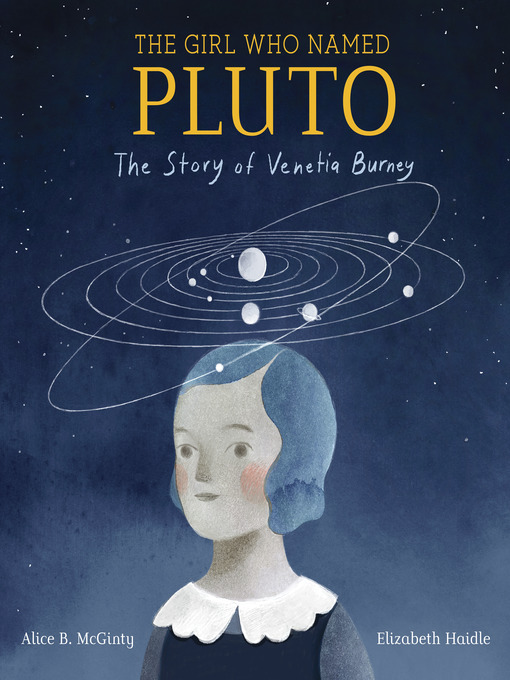- What's new?
- Always Available Kids E-books
- Always Available Classics for Kids
- No wait, no problems
- Popular titles
- Check these out!
- See all ebooks collections
- What's new?
- Always Available Kids Audiobooks
- No wait, no problems
- Popular titles
- Check these out!
- See all audiobooks collections





